Today’s Technology vs 1980’s Technology
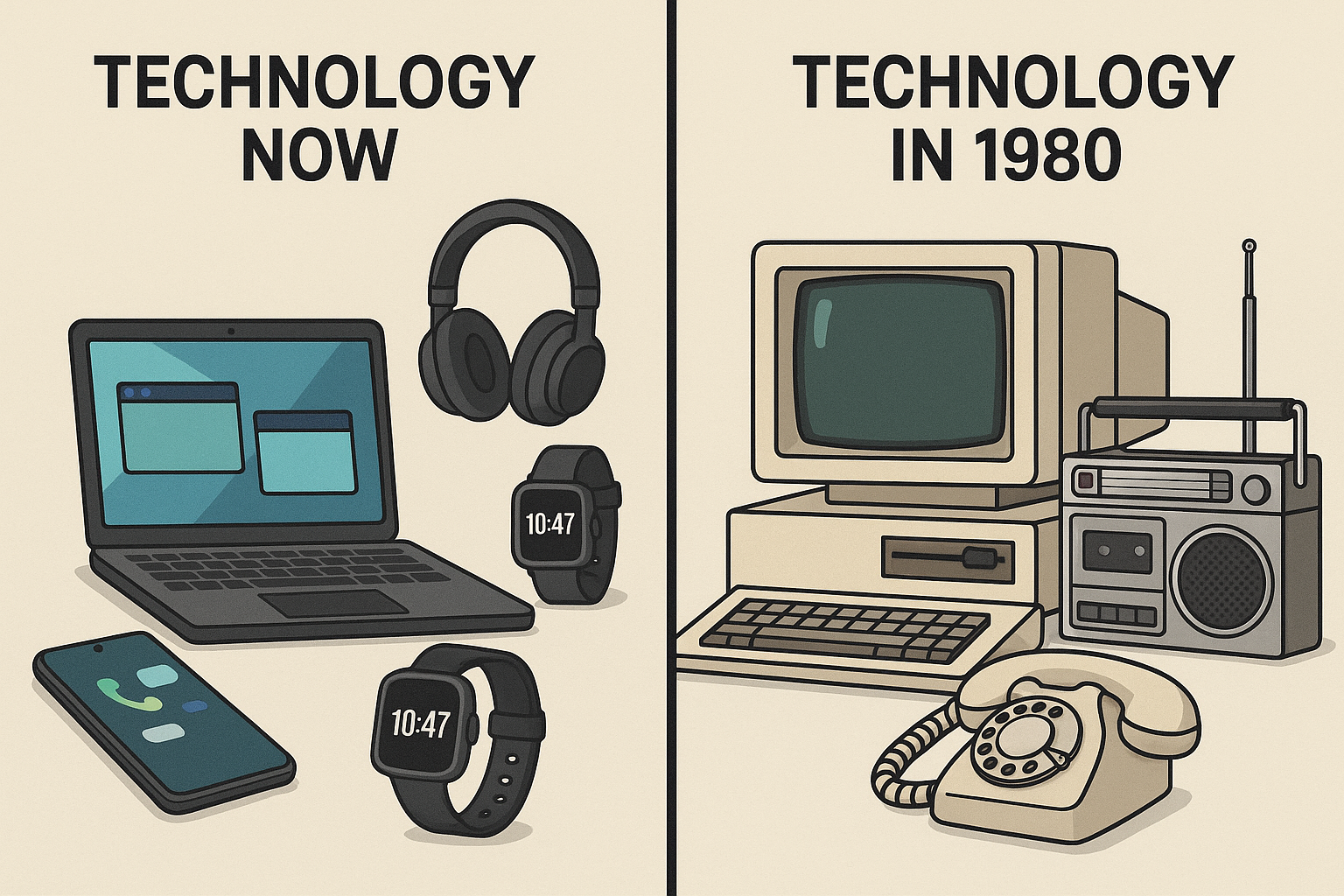
Technology has changed radically in the last 40 years. In the 1980s, telephones were landlines and rotary phones, there was no internet for the public, and computers were big, slow and only for the few.
Today, we live connected all the time with smartphones, Wi-Fi, social networks, laptops and virtual assistants like Siri or Alexa. Music, television and video games have also evolved: we used to use tapes, tube TVs and basic consoles; now we enjoy streaming, smart screens and virtual reality.
The way we communicate, work and entertain ourselves has completely changed, and technology continues to advance at great speed.
Paper dictionary (1980)
To look up the meaning of a word or consult information, people used paper dictionaries, which did not always have all the information and could be quite bulky.
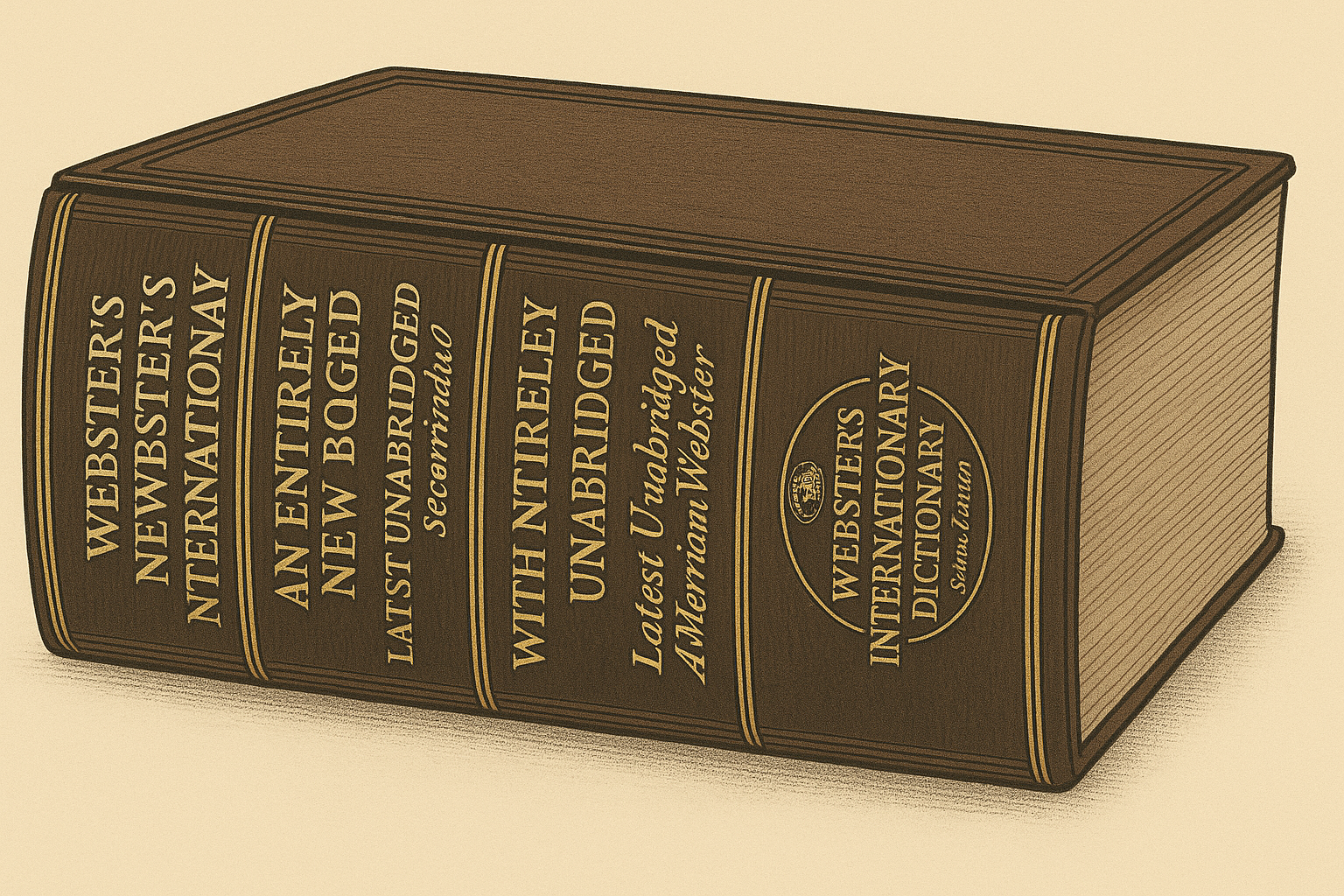
Google (2020s)
Today, with a simple Google search, you can get definitions, translations, and even examples of word usage in milliseconds. In addition, apps like Siri or Alexa can give you the answer immediately.

Typewriter (1980)
Typewriters were the standard tool for writing documents. They required every letter to be typed manually, and there was no way to easily correct errors. In addition, they could not connect to any network.
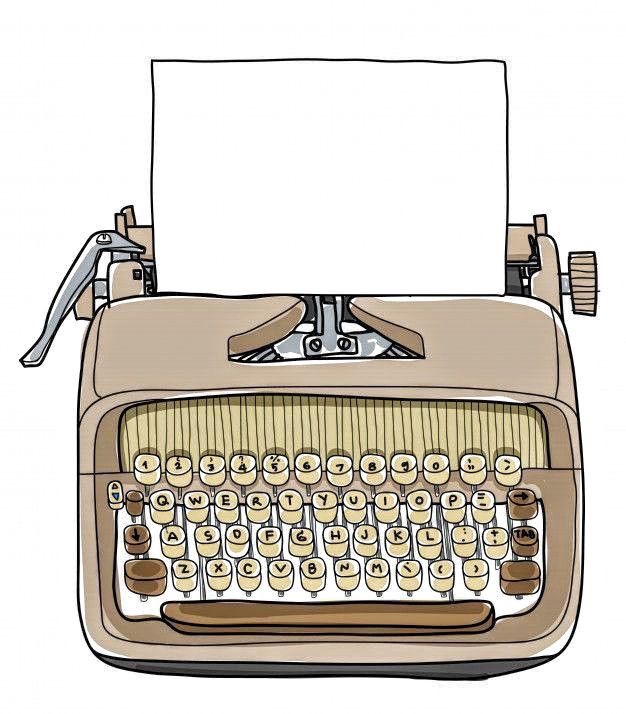
Laptop (2020s)
Laptop computers, such as MacBook or Dell, allow you to write and edit documents quickly, without errors, and with automatic correction tools. In addition, they can be connected to the Internet to collaborate in real time with other people.
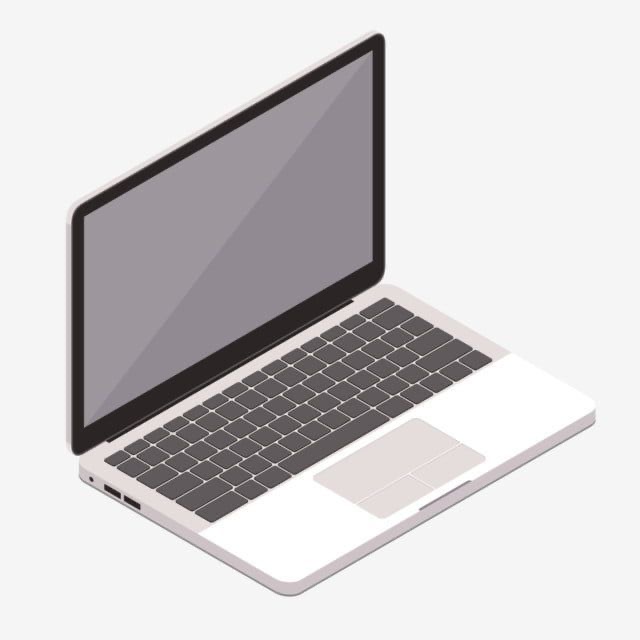
Television with antenna (1980)
Televisions in the 1980s were large, tube screens and relied on an antenna to receive a signal. Most homes had only a few channels, and content was limited.
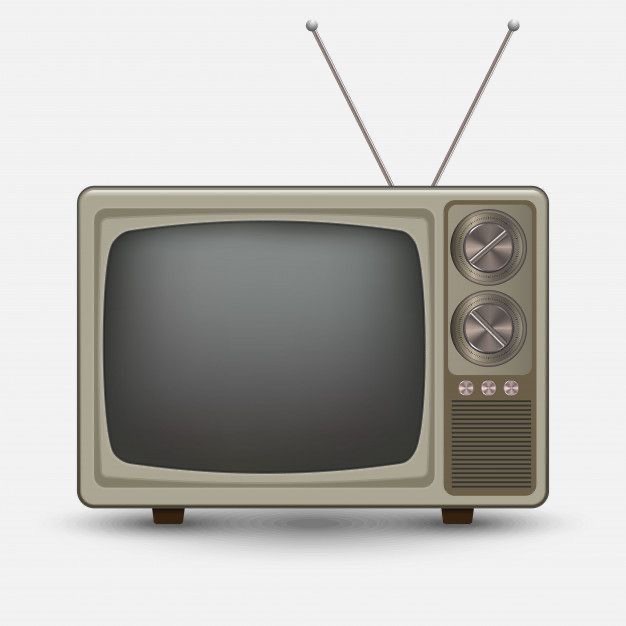
Smart TV (2020s)
Today, TVs are thinner, with high-definition screens (HD, 4K) and can connect to the internet. Smart TVs allow you to watch content from streaming platforms such as Netflix, Disney+, and YouTube, and you can access thousands of shows and movies instantly.
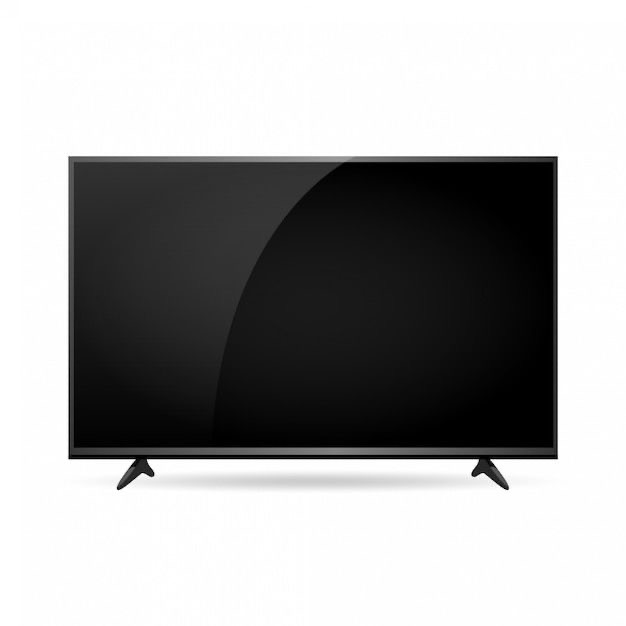
Film camera (1980)
The cameras used reels of film that had to be developed in a lab to get the pictures. You had to wait days to see the images and it was expensive if you wanted a lot of prints.

Digital or mobile camera (2020s)
Nowadays, digital cameras and smartphones have high-resolution cameras that allow you to take thousands of photos instantly. They can be edited on the spot and shared on social networks or via email.
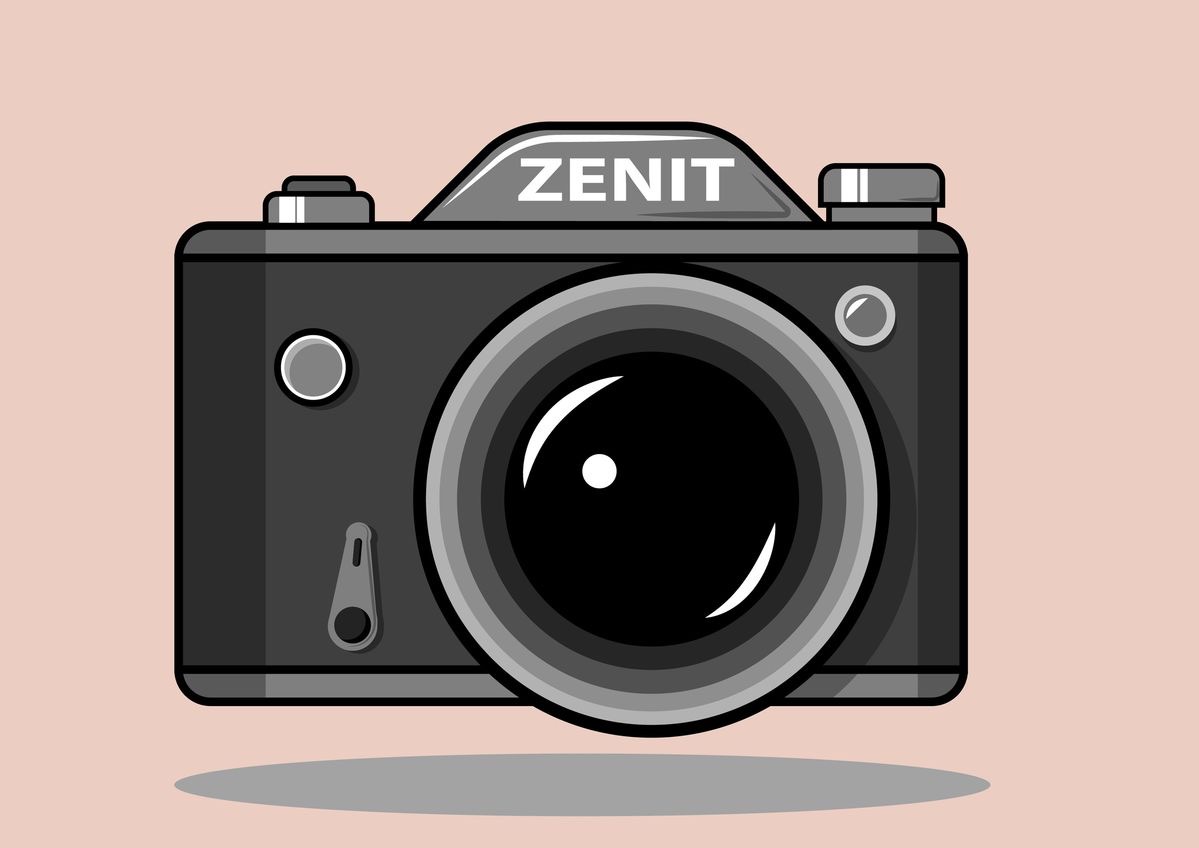
Corded landline phone (1980s)
Landline phones were the primary form of communication. They had a cord that connected them to the wall, and often had a rotary dial or large keys. They had no screen or extra functions; they were simply for making calls.
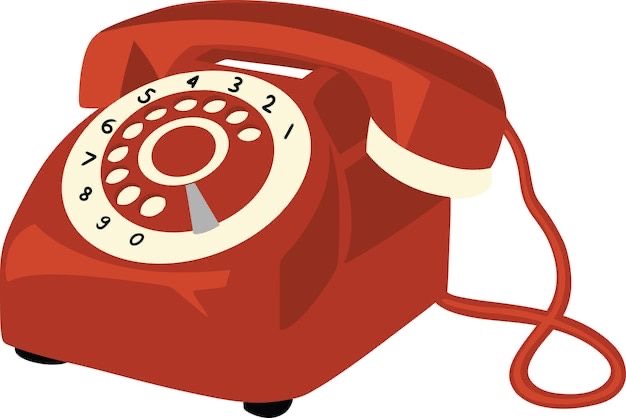
Smartphone (2020s)
Smartphones, such as the iPhone or Samsung Galaxy, have touch screens, can connect to the internet, make video calls, browse social networks, take photos, listen to music, play video games and much more.
